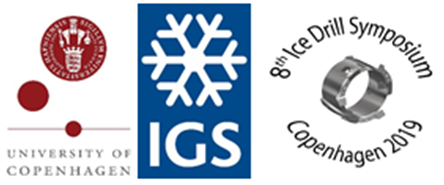Speaker
Description
To date, more than 400 relatively small subglacial reservoirs and several large lakes were discovered in Antarctica. Certainly subglacial lakes exist in Greenland. In recent years, different approaches were taken to access and directly sample subglacial water environments. RECoverable Autonomous Sonde (RECAS) allows to access subglacial lake when water remains isolated from the modern ice sheet surface during sampling. The thermal drill can melt a hole to ice sheet bottom and is able to move upwards. It includes two electrically powered thermal drill bits located at the upper and lower ends of the sonde, heated body, control system, sampling chamber and coiling system. All downhole RECAS components will be sterilized prior to deployment. The melted water is not recovered from the hole and it refreezes behind the sonde. The power and signal line is released from the coil inside the sonde. When sampling and monitoring are complete, the coil motor is activated and the top drill bit is powered. It is proposed that the research personnel leave the site after RECAS deployment and the sonde operates as a fully autonomous system. The power is provided by no-live-operator diesel engine generators. The first laboratory tests of the sonde subsystems were carried out during 2018 and prototype tests are scheduled on the summer of 2019. Field tests are planned in season 2019-2020, in the vicinity of the Chinese Antarctic research Zhongshan Station.

